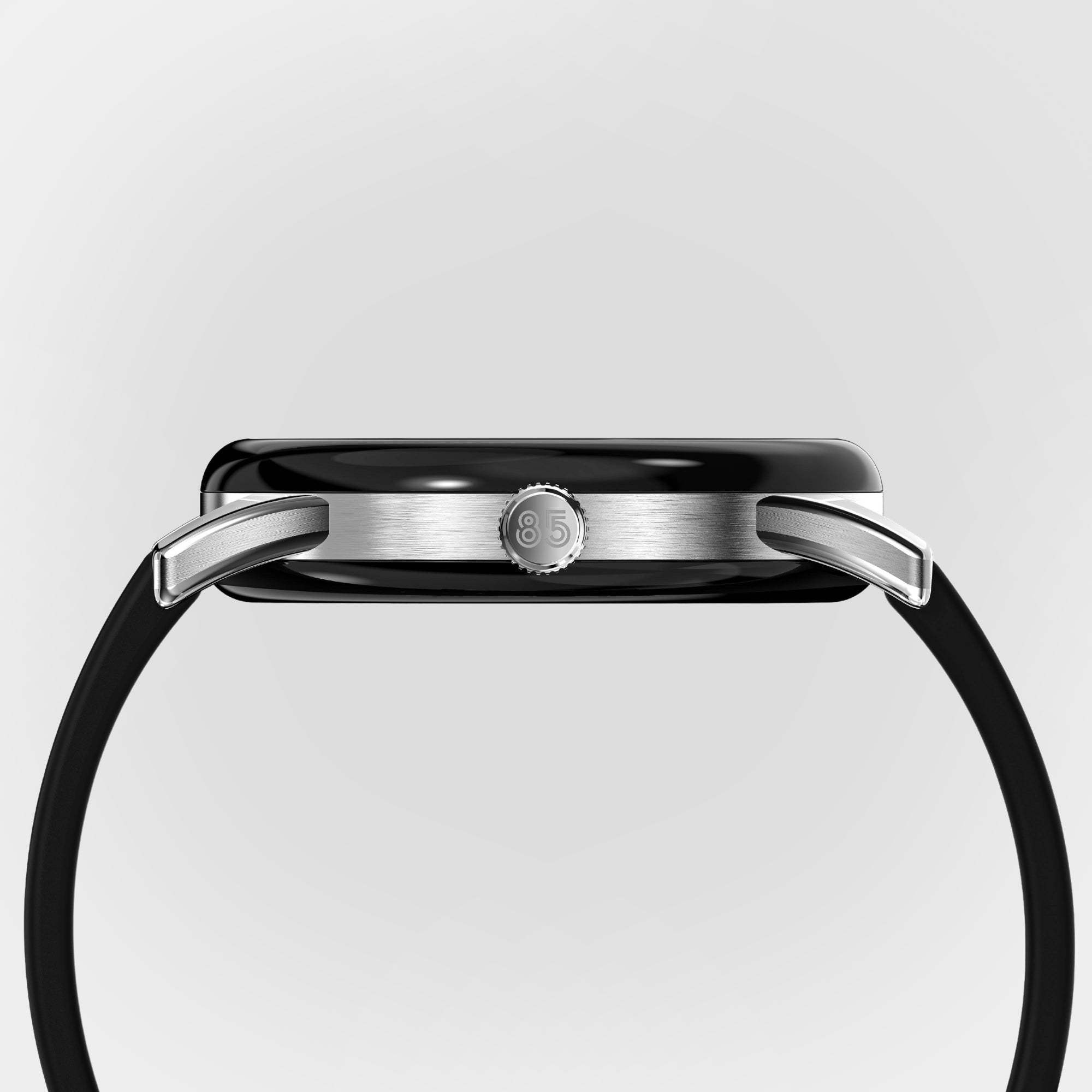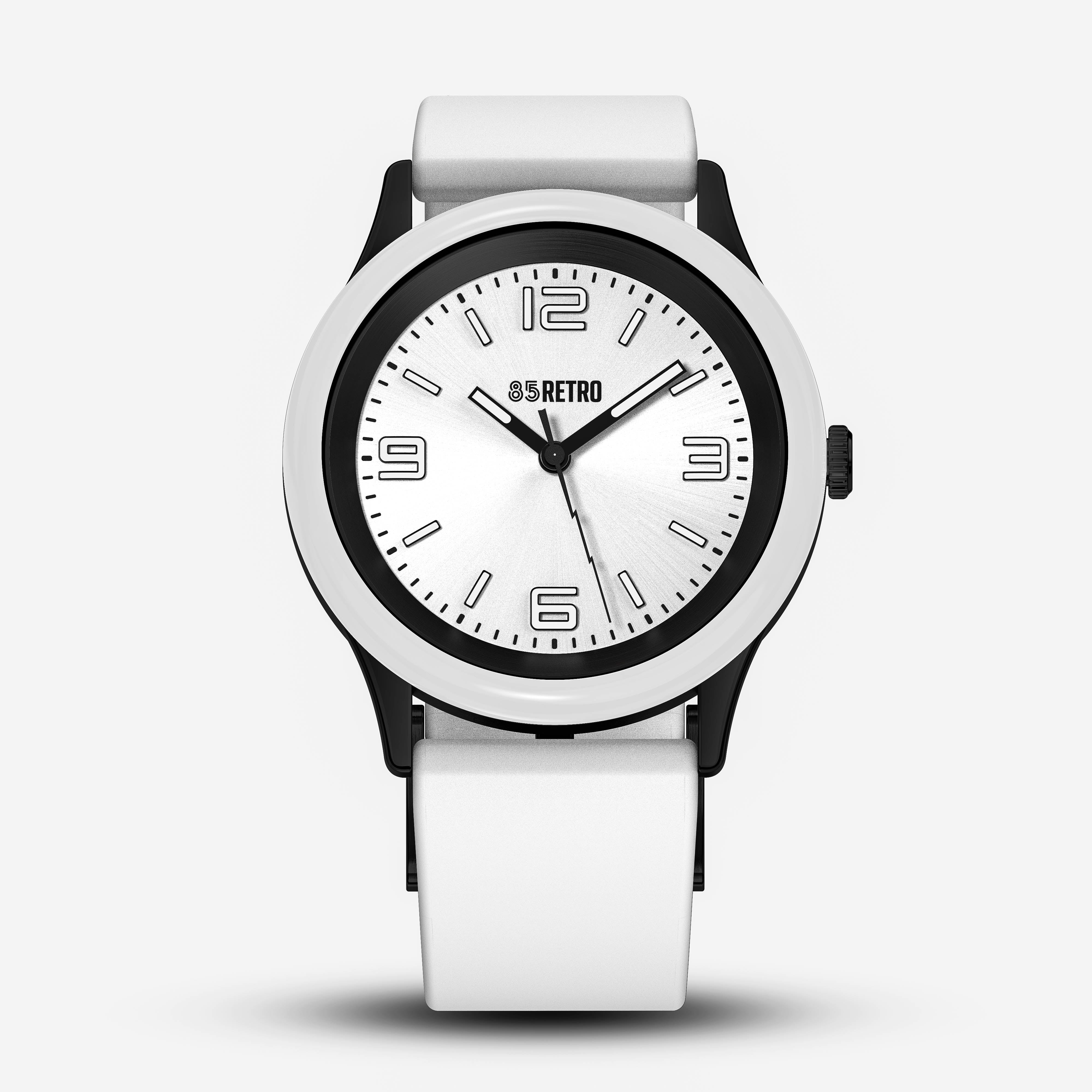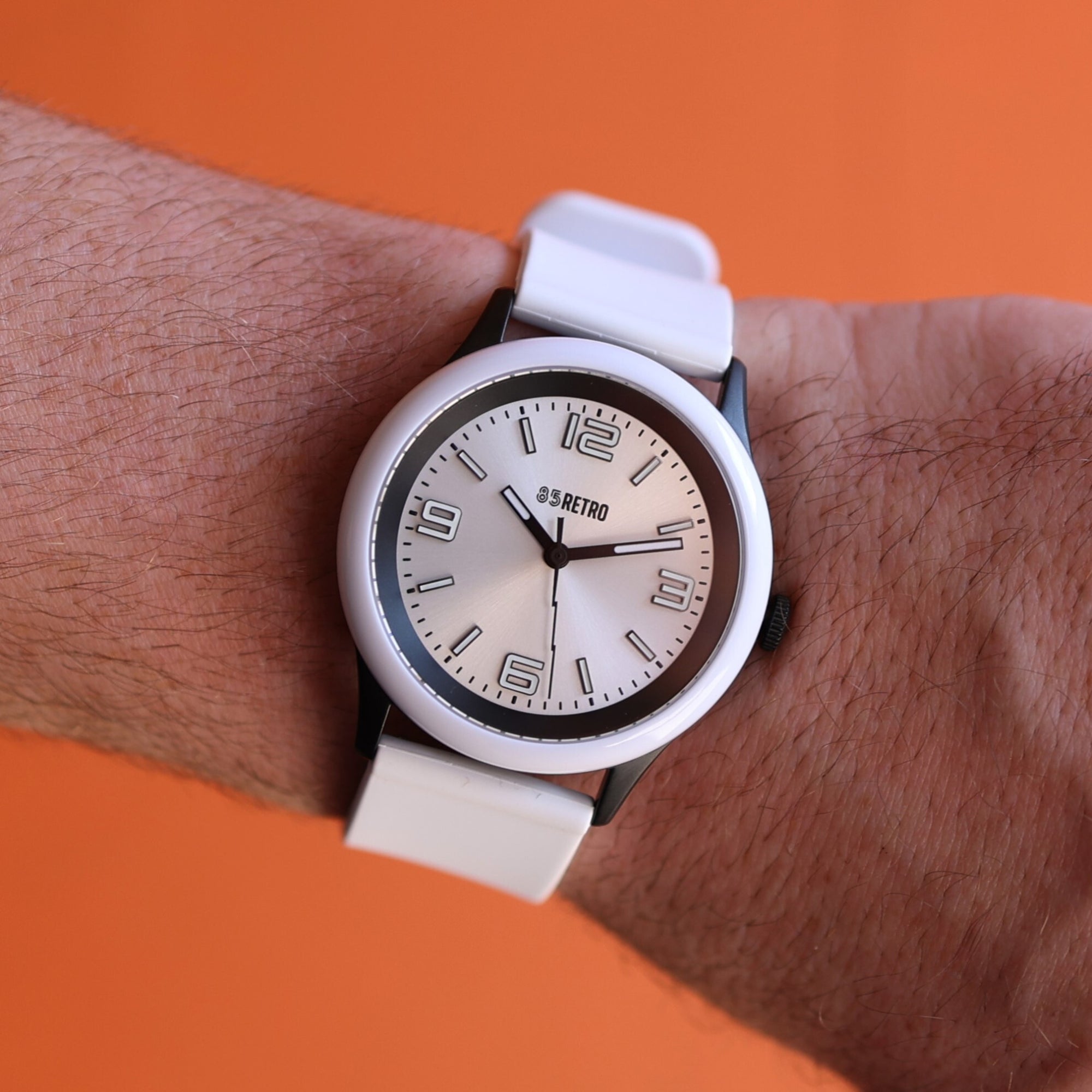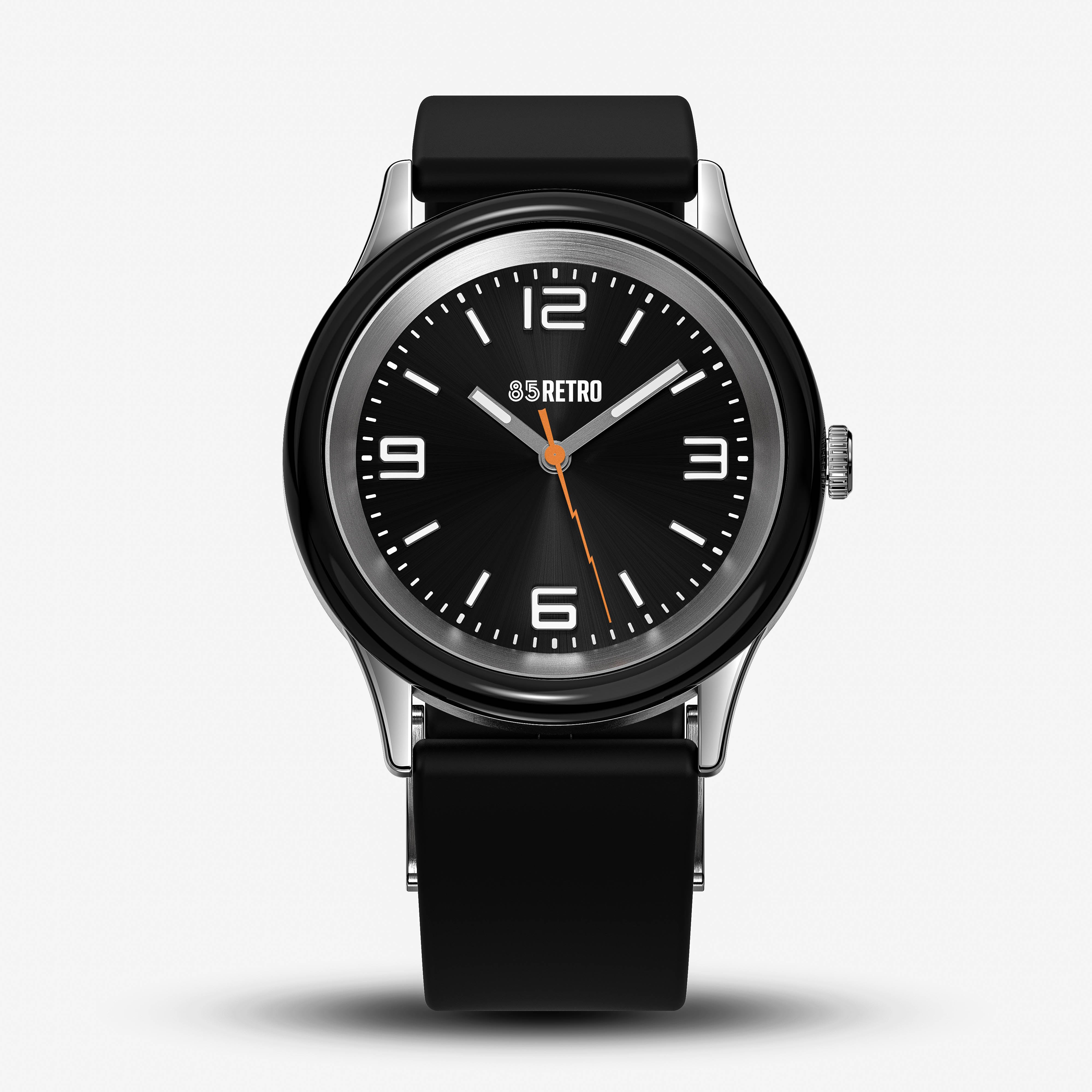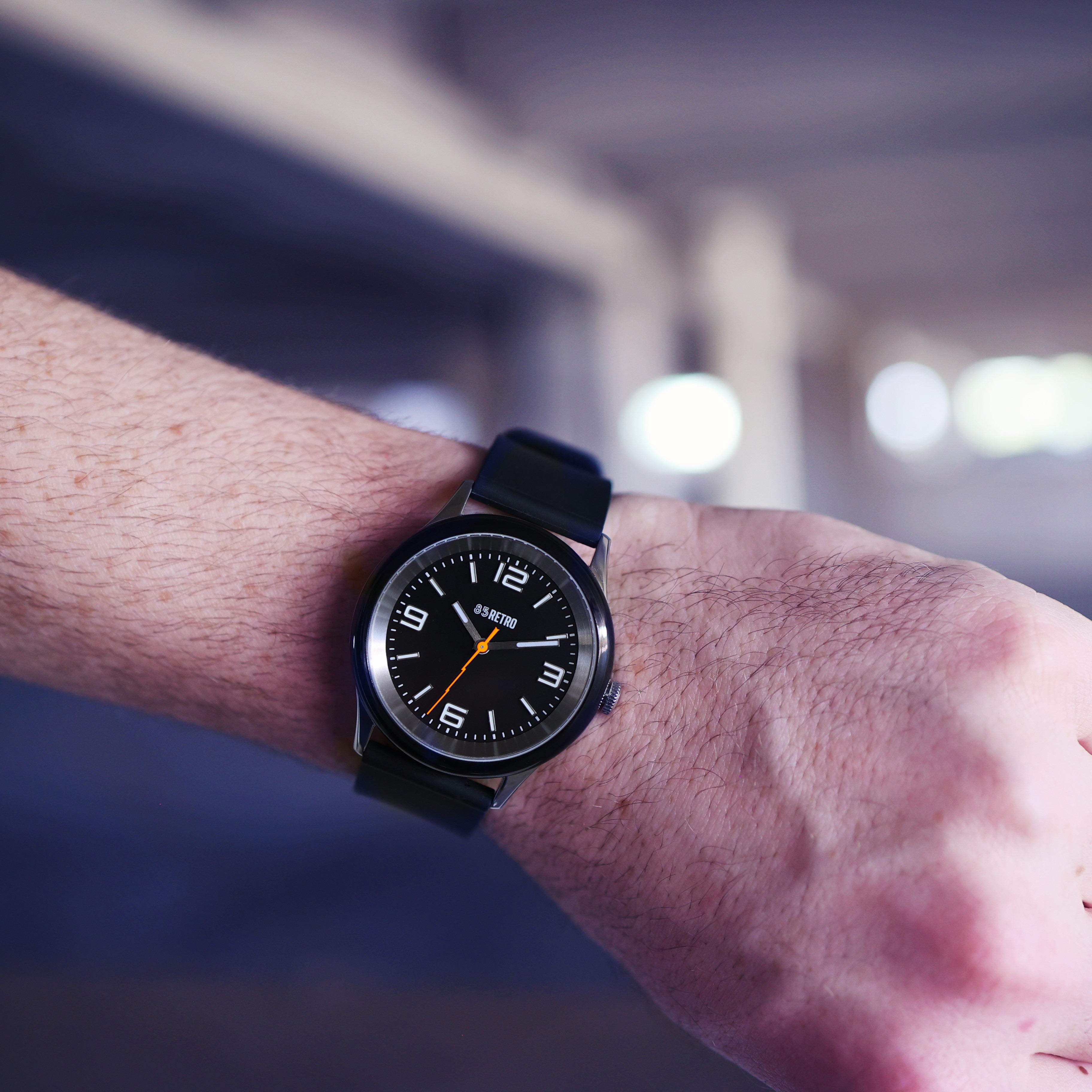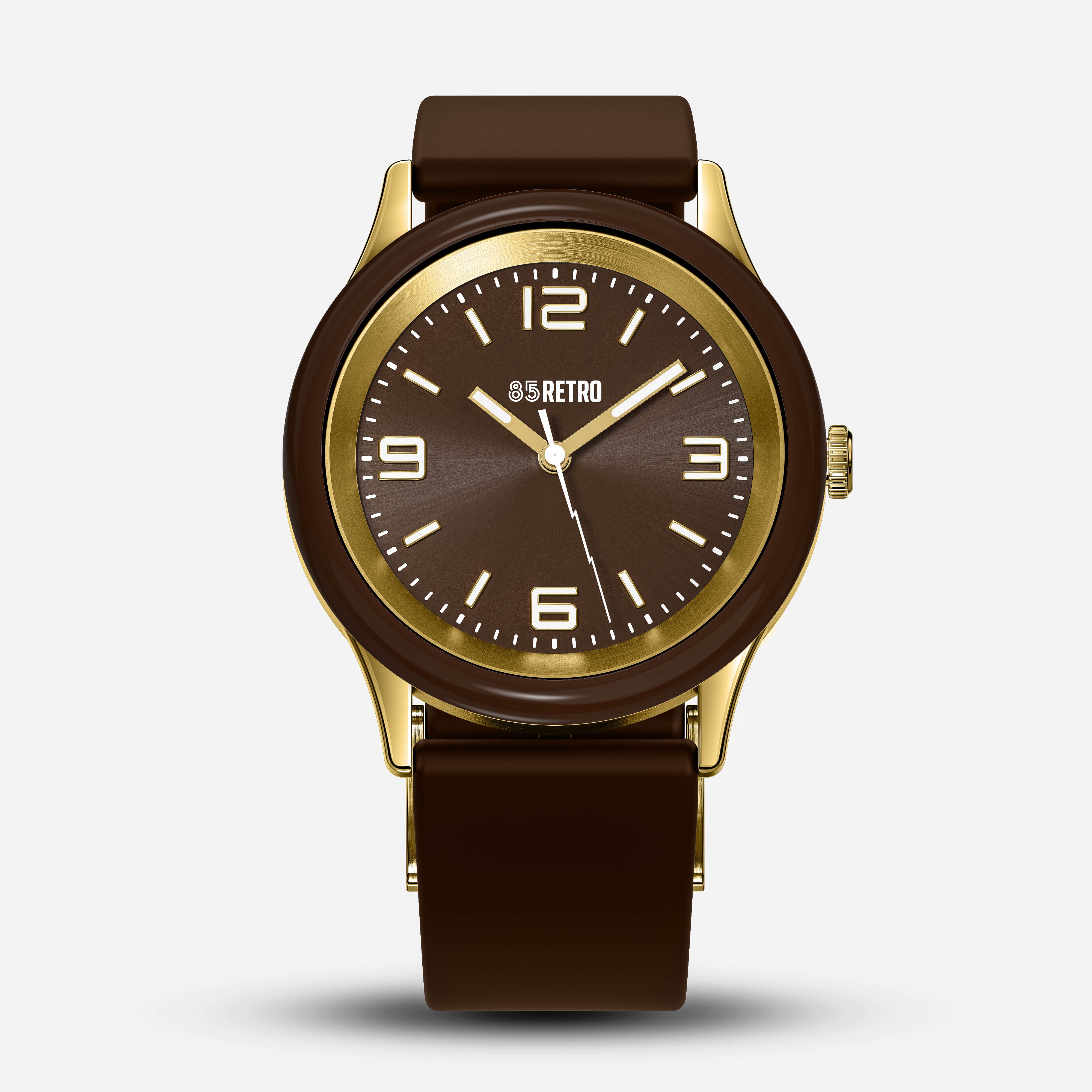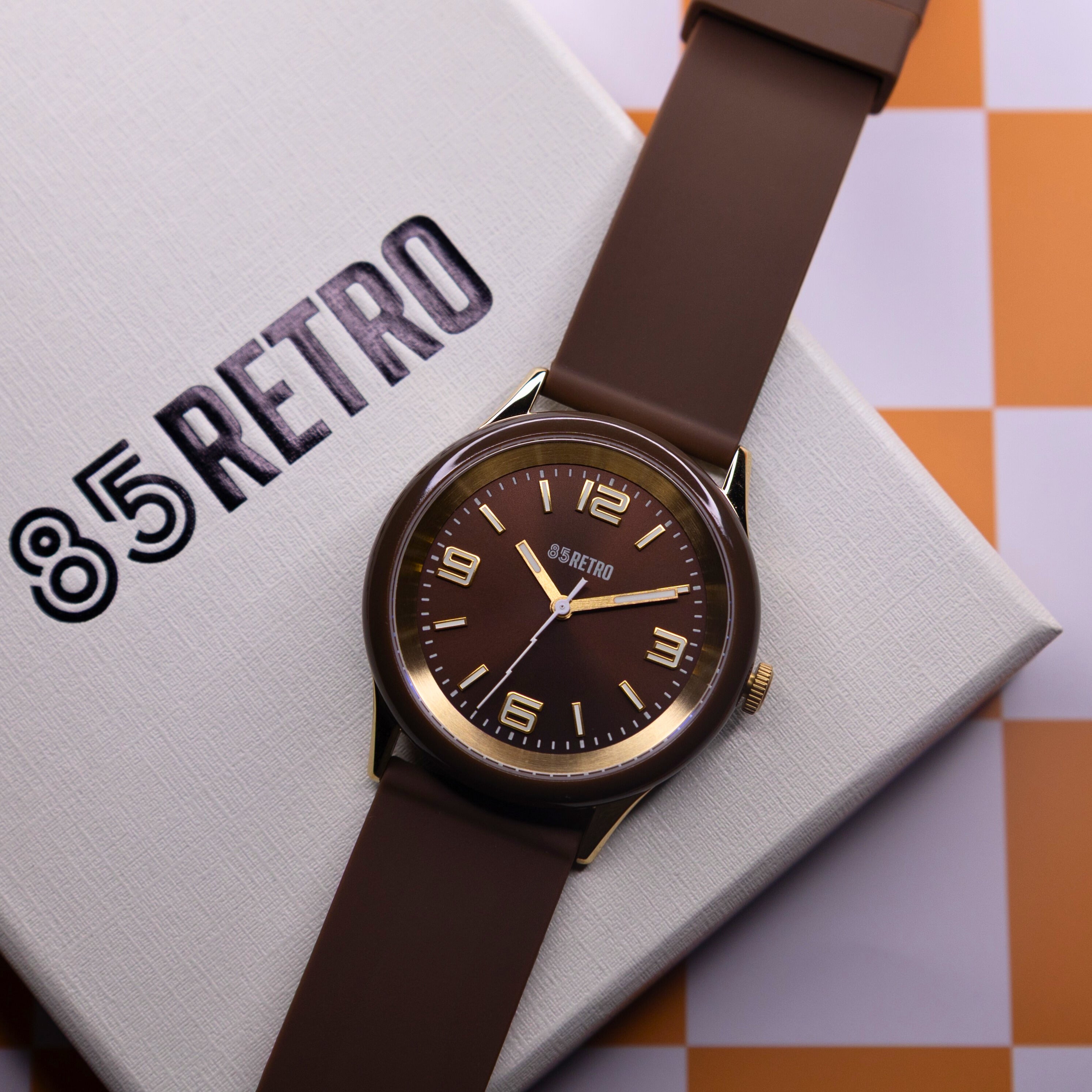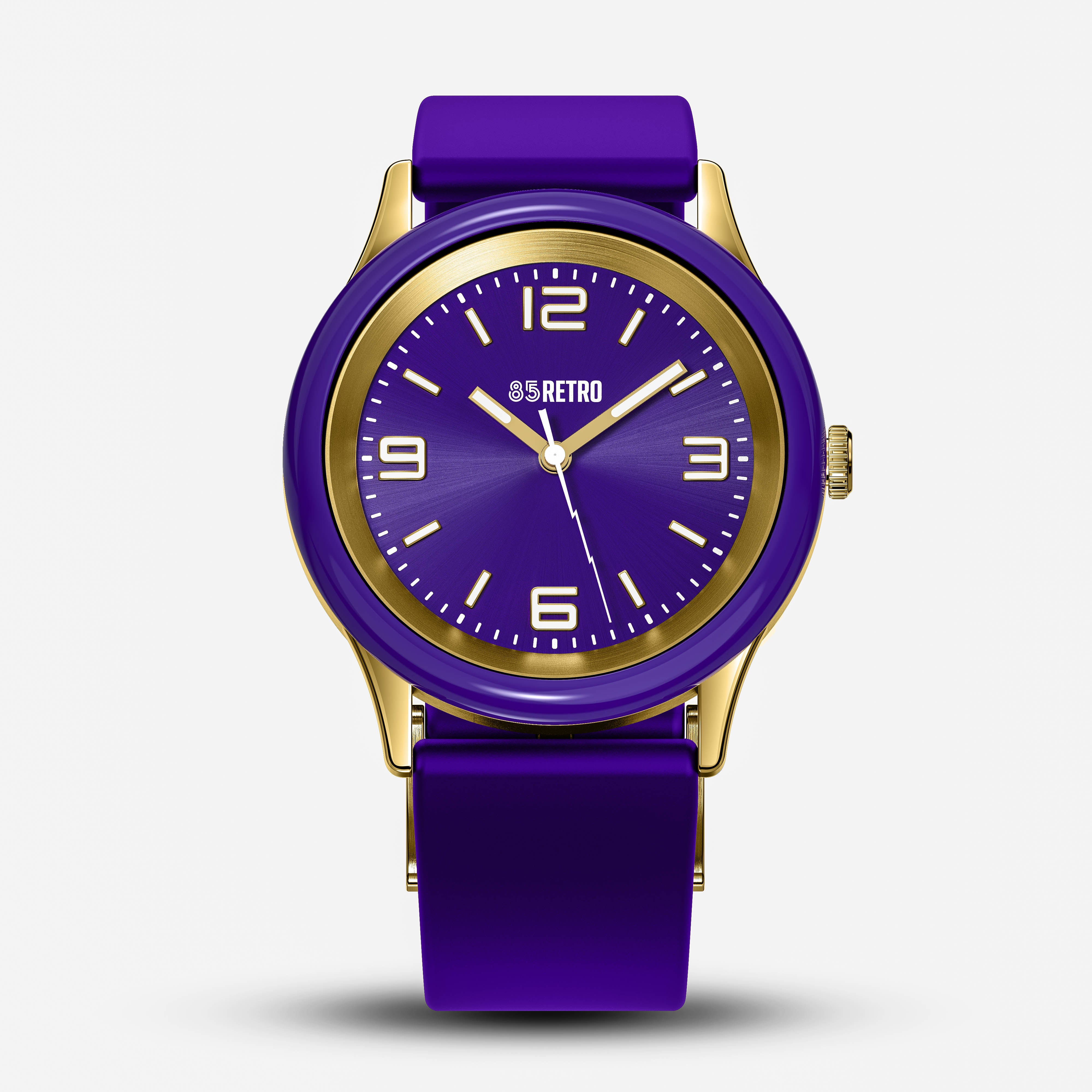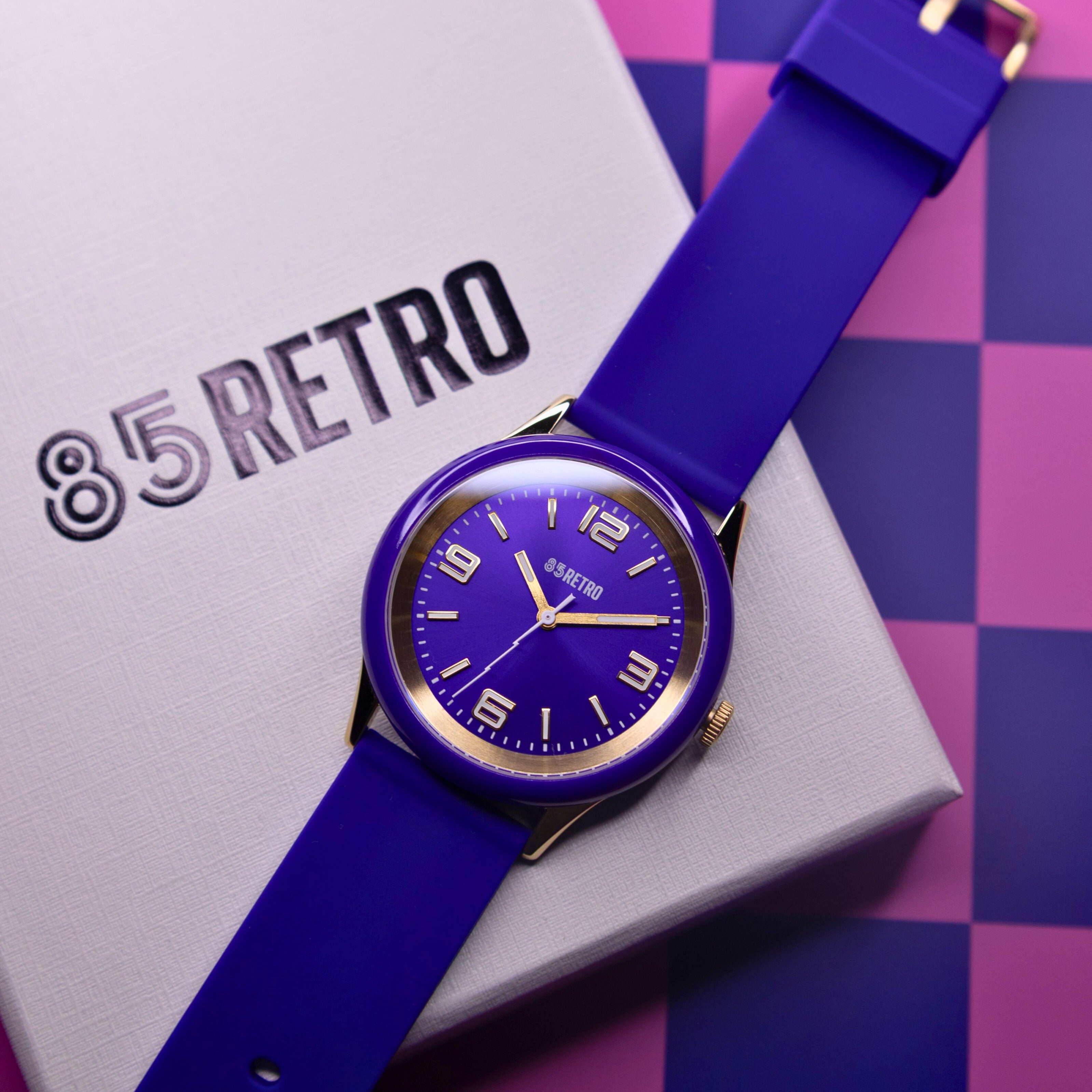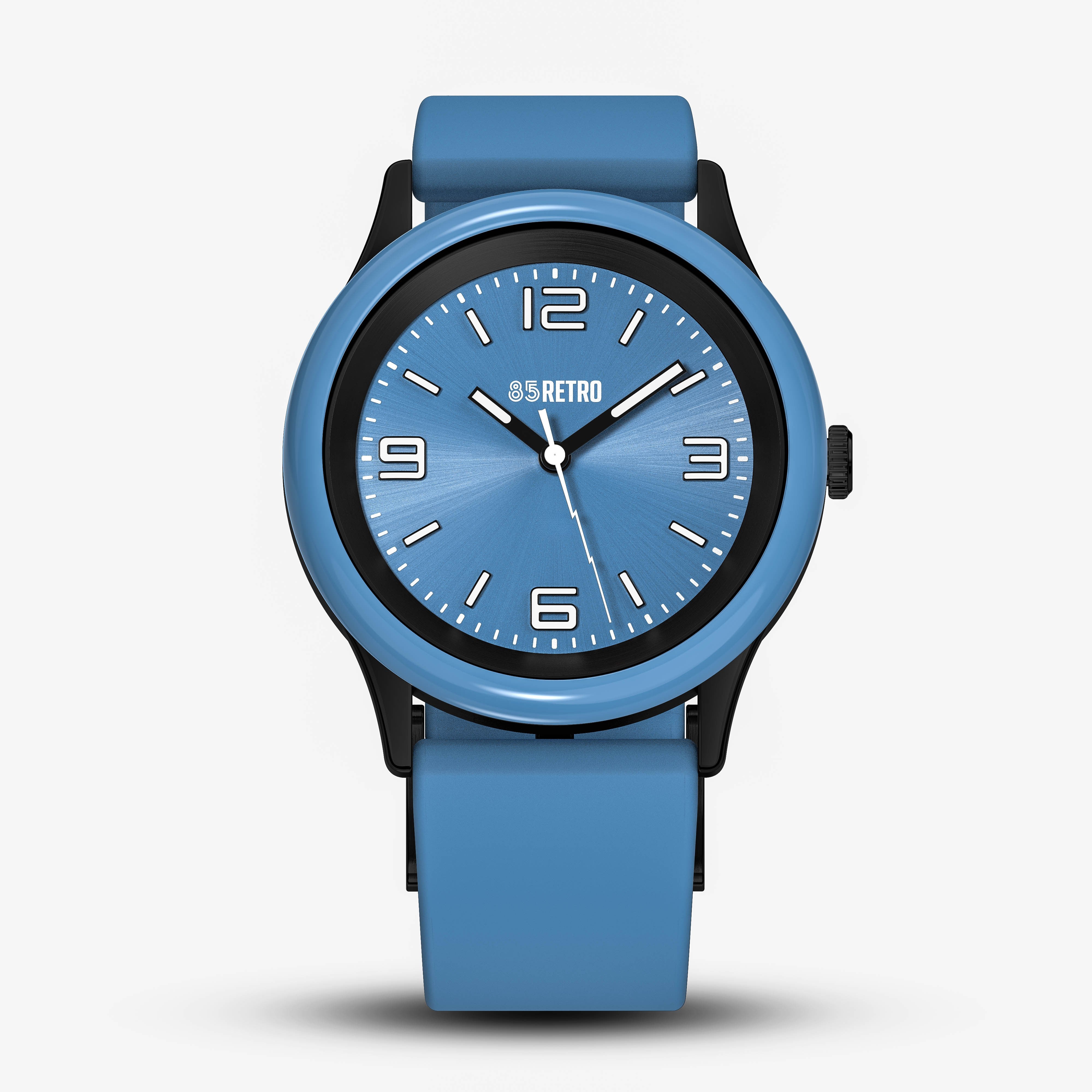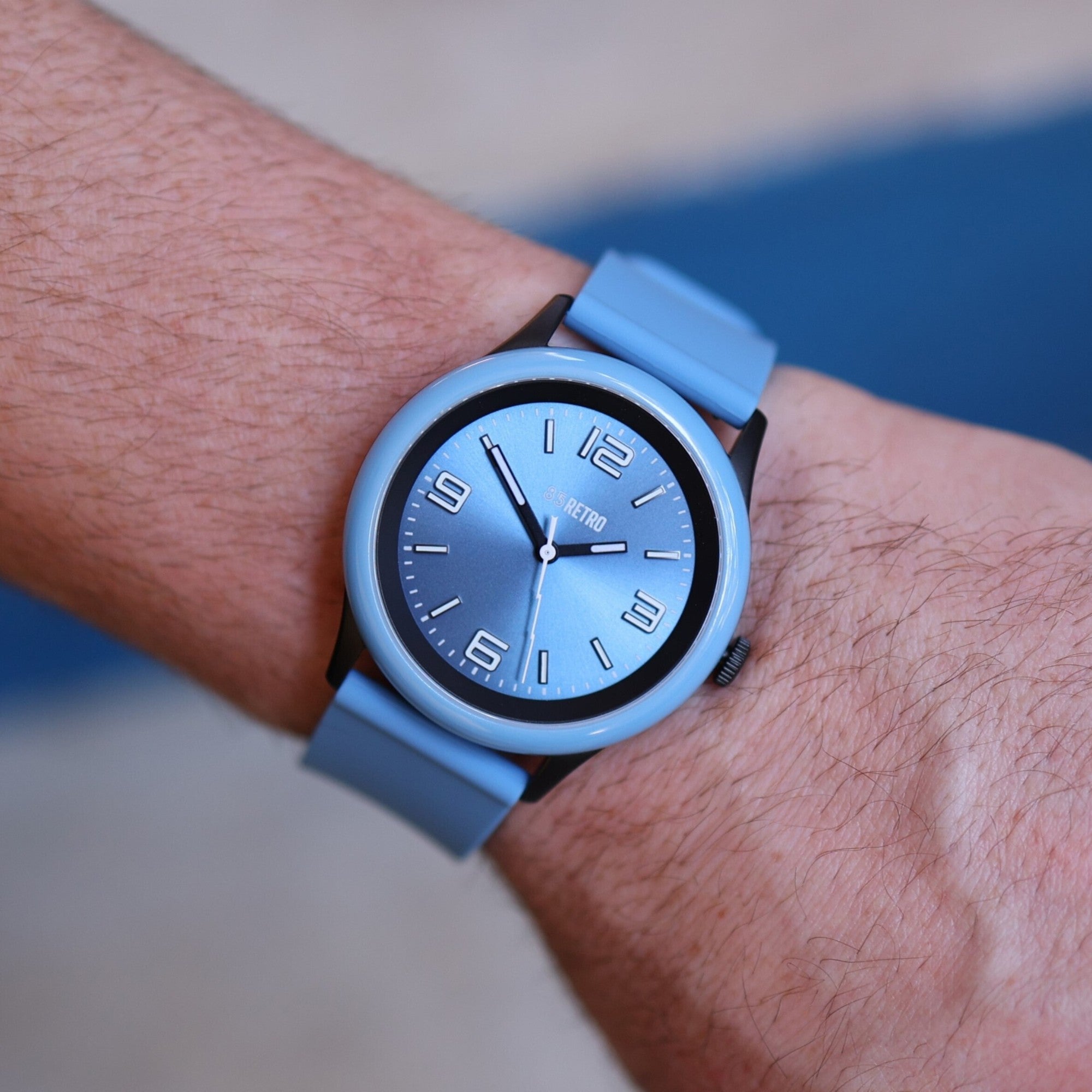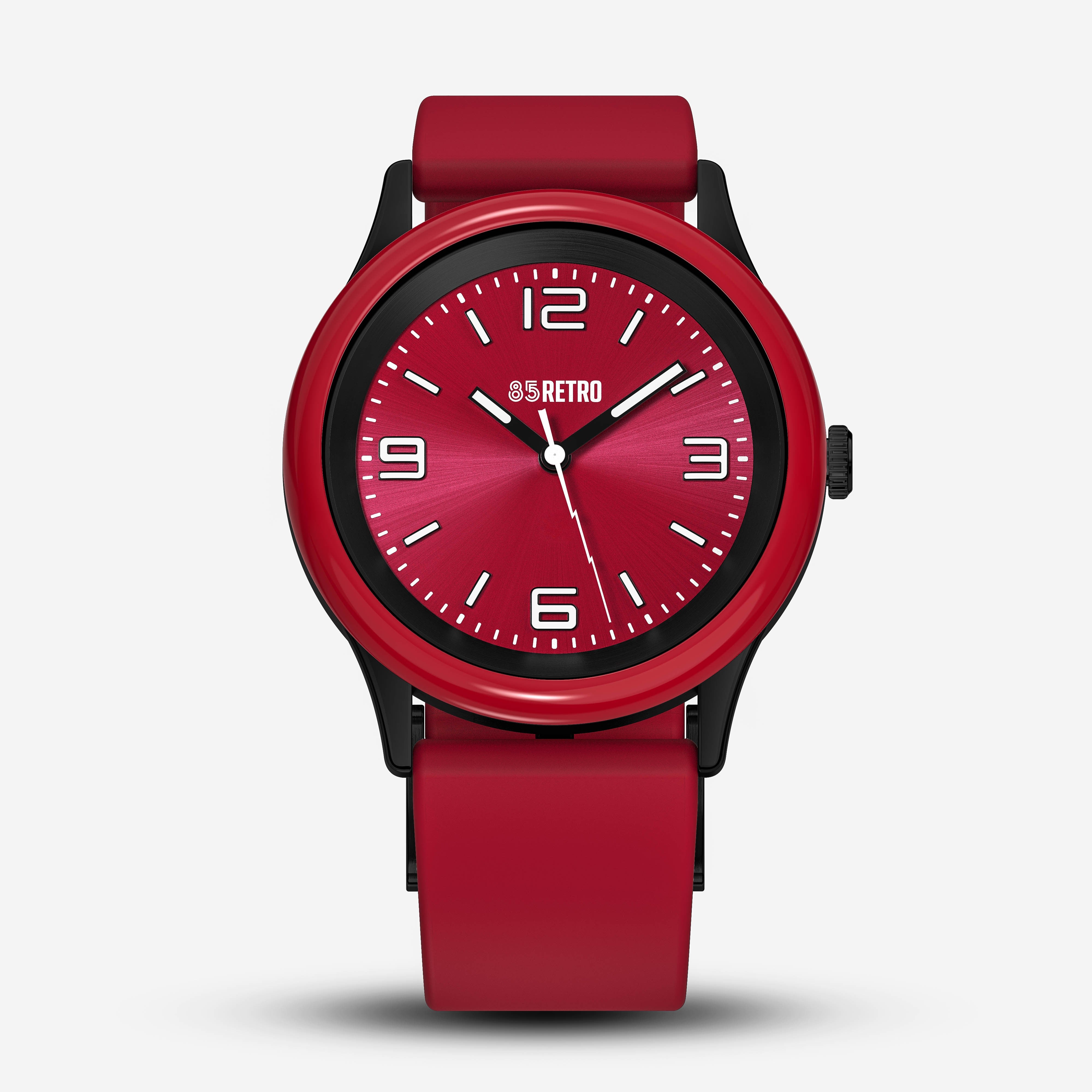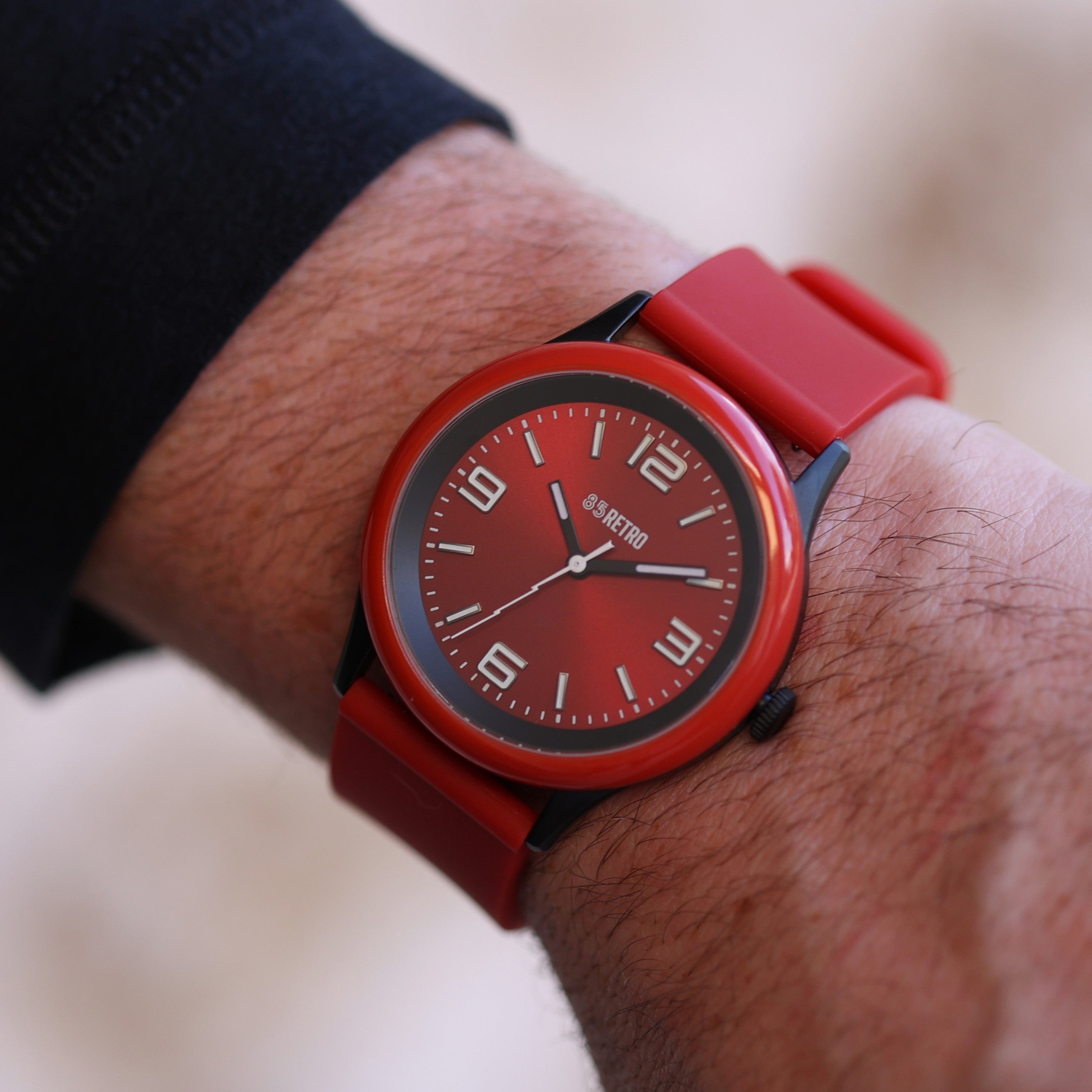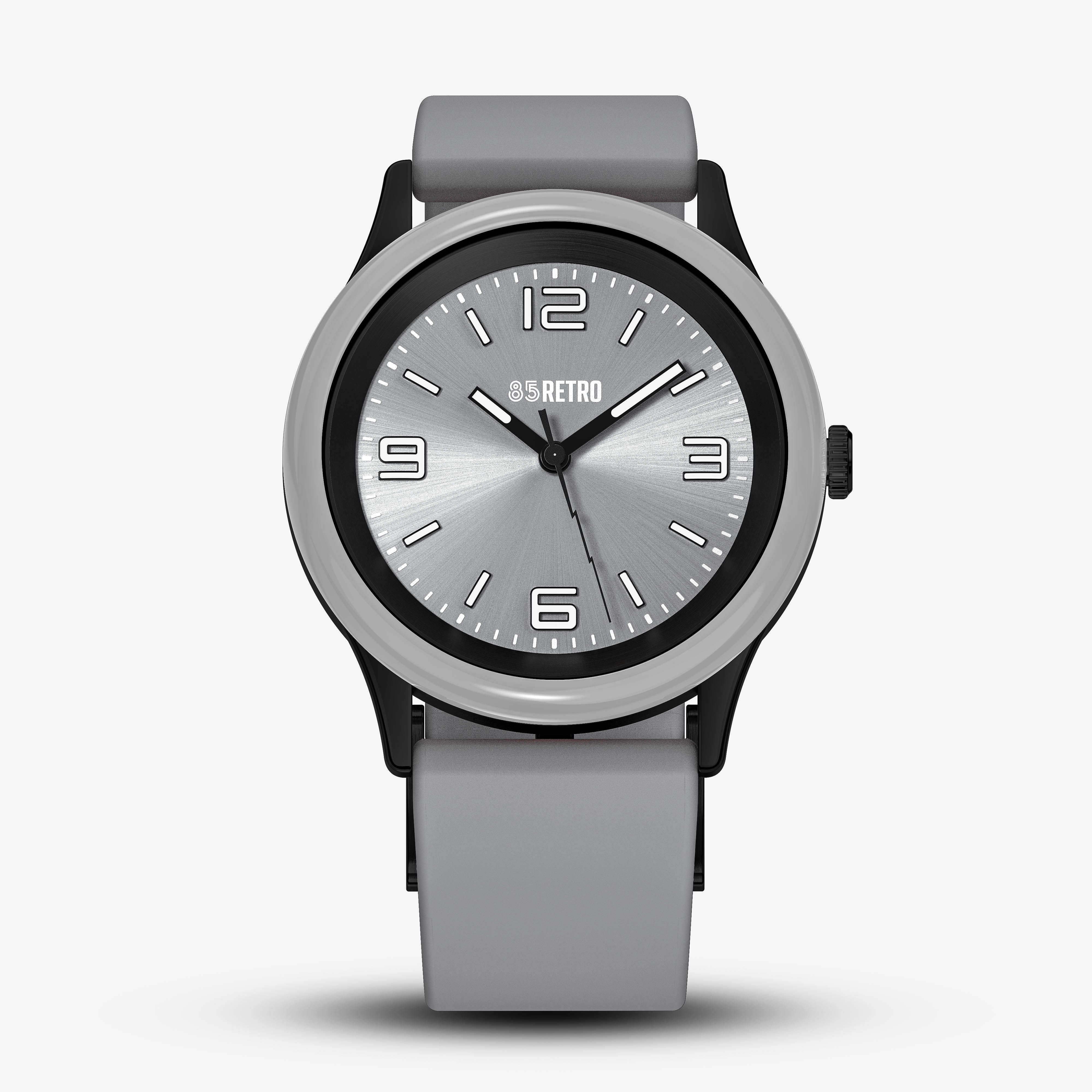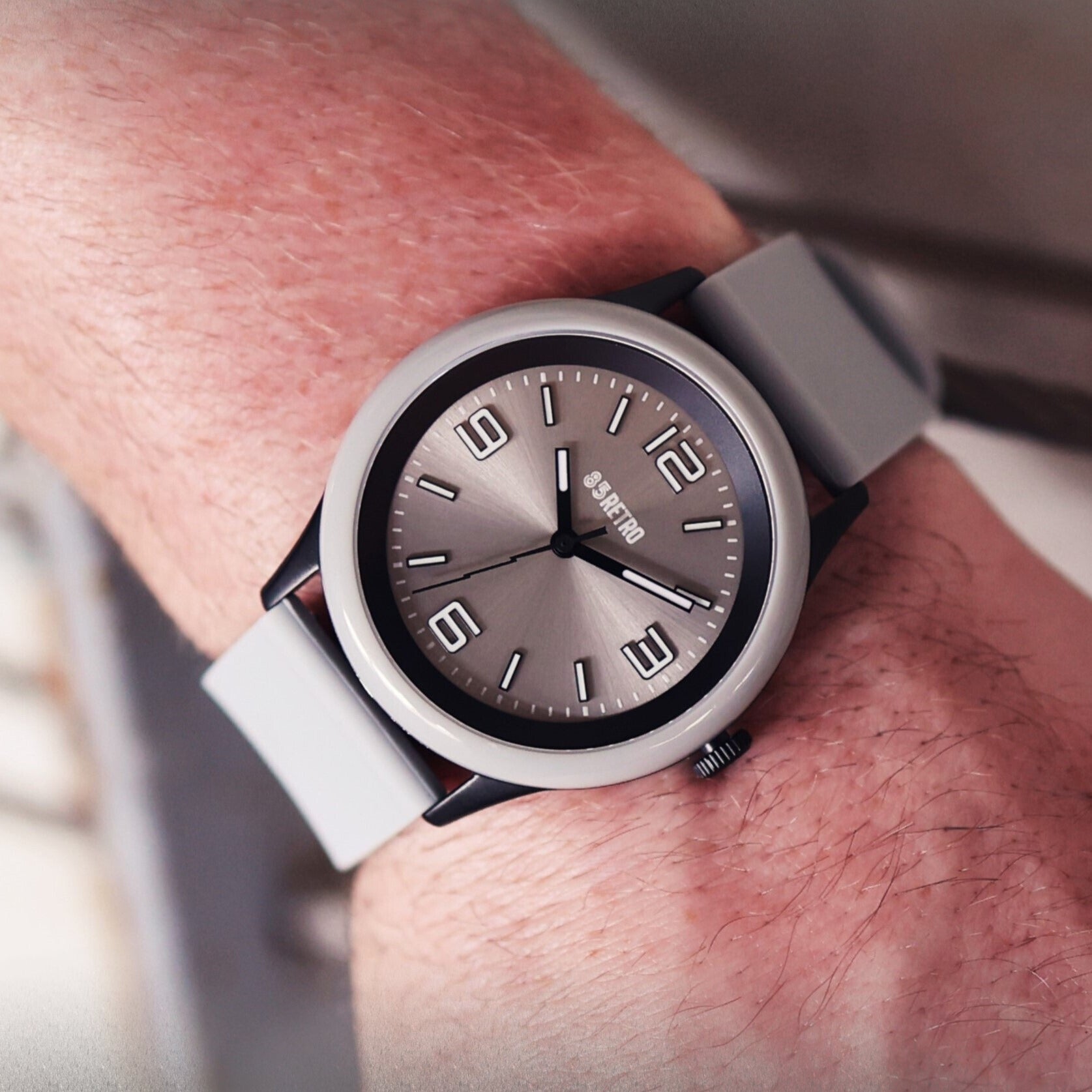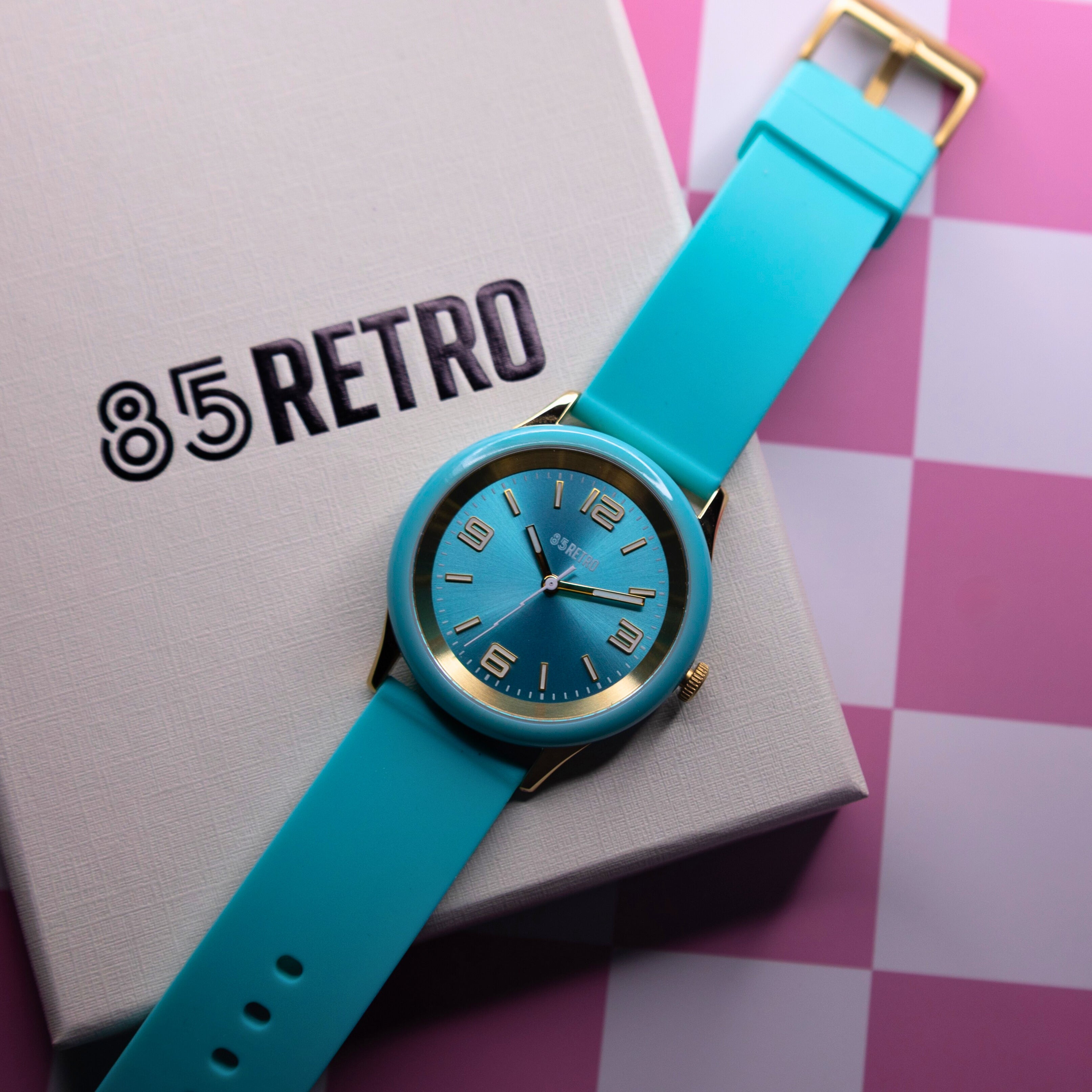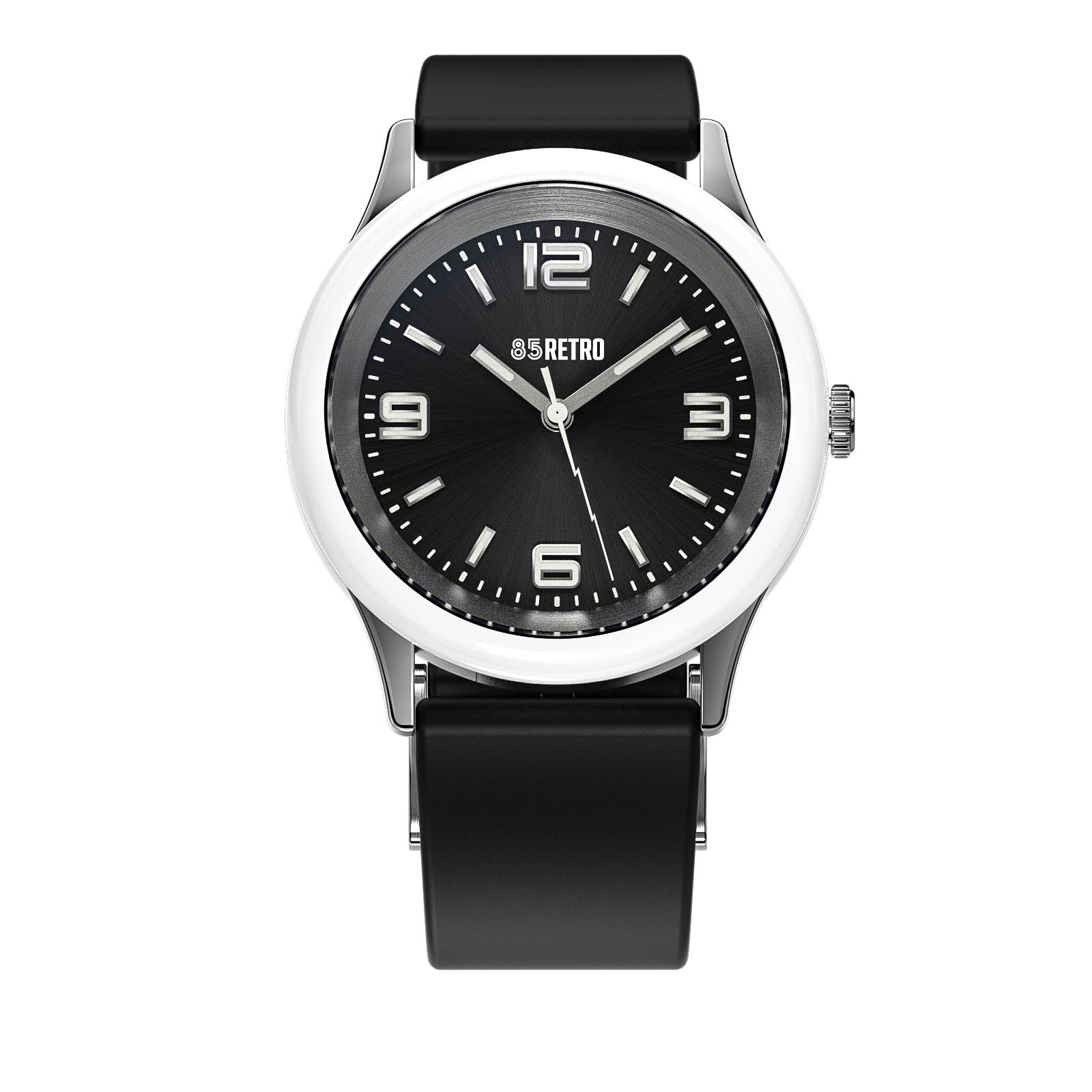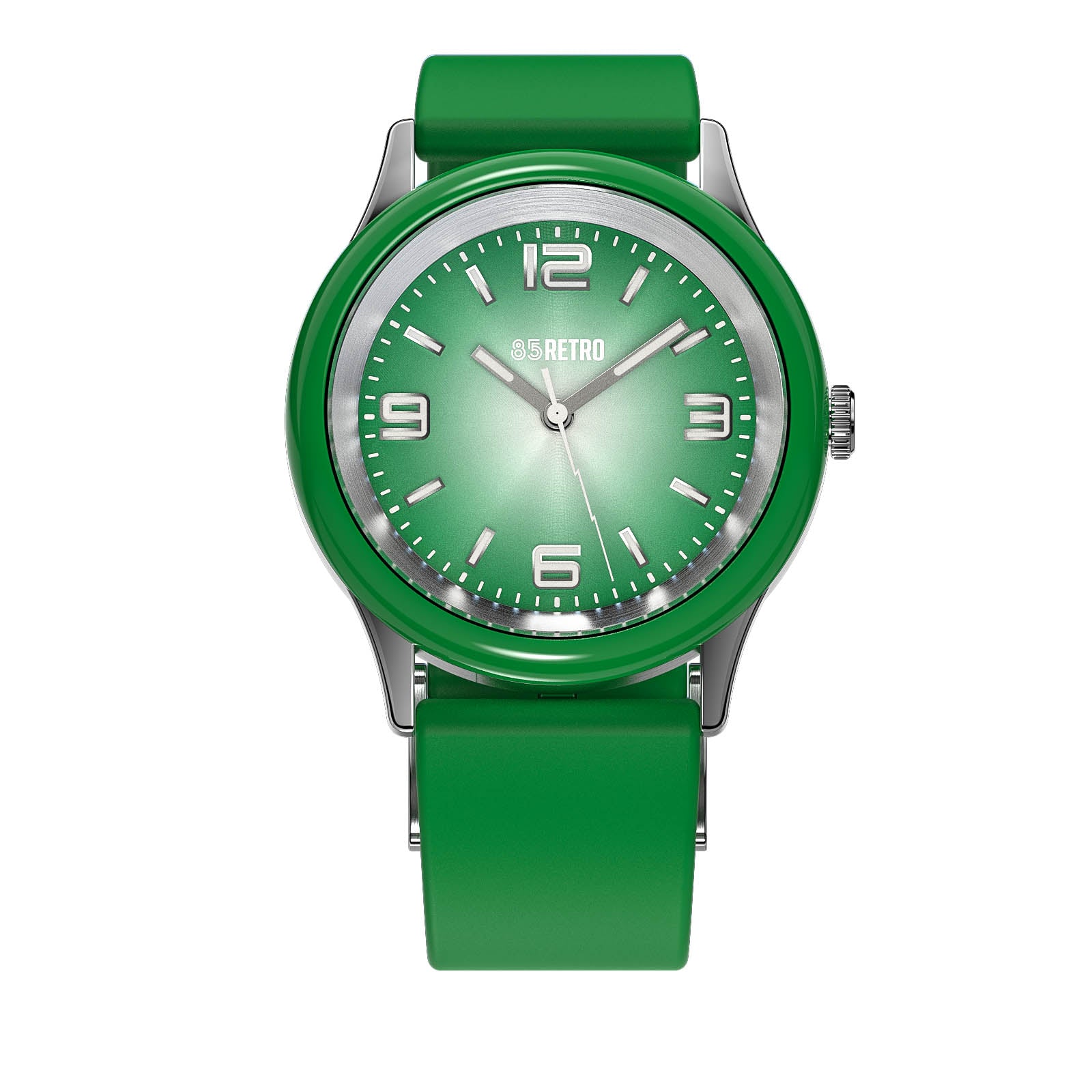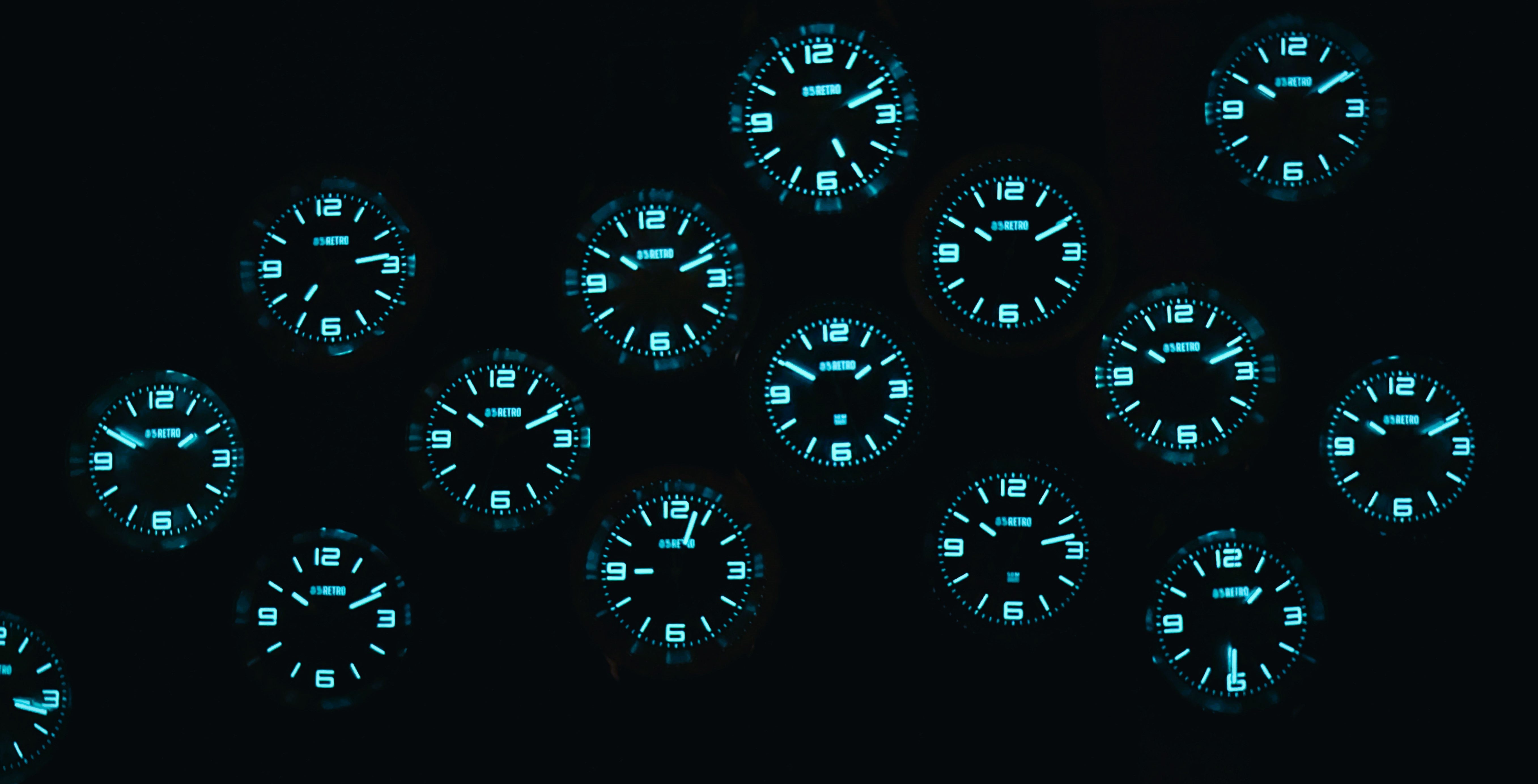The movement is the heart of a watch, determining how it functions, how accurately it keeps time, and how it interacts with its wearer. Understanding the differences between quartz, automatic, and mechanical movements can help you make an informed decision when choosing your next timepiece. Here’s an ultimate guide to watch movements, exploring the unique characteristics of each type and their pros and cons.
1. Quartz Movements: Precision and Convenience
Quartz movements revolutionized the watch industry when they were introduced in the 1970s, offering unparalleled accuracy and affordability compared to traditional mechanical movements. Powered by a battery and a tiny quartz crystal, these movements are known for their reliability and minimal maintenance requirements.
How Quartz Movements Work:
- Battery-Powered: A small battery sends an electric current through a quartz crystal, causing it to vibrate at a consistent frequency of 32,768 times per second.
- Precise Timekeeping: These vibrations power the movement’s motor, driving the hands of the watch with remarkable precision.
- Low Maintenance: Quartz movements require little maintenance, typically needing only a battery change every 1-2 years.
Pros:
- Highly Accurate: Quartz watches are incredibly accurate, often losing or gaining only a few seconds per month.
- Affordable: Quartz movements are generally less expensive to produce, making them accessible at a wide range of price points.
- Low Maintenance: No need for winding or regular servicing, making quartz watches convenient for everyday wear.
Cons:
- Less Craftsmanship Appeal: Quartz movements lack the intricate craftsmanship of mechanical and automatic watches, often appealing less to collectors.
- Battery Dependent: Unlike mechanical movements, quartz watches rely on battery replacements to keep running.
Best Use: Quartz watches are perfect for those who want a reliable, accurate timepiece with minimal upkeep. They’re ideal for everyday wear, casual settings, and those who prefer practicality over tradition.
Example: The 85RETRO™ Model 1 features a Seiko VH31 quartz movement, offering the precision of quartz with a sweeping second hand that mimics the look of automatic watches, combining modern technology with a touch of classic appeal.
2. Automatic Movements: Powered by Your Wrist
Automatic movements, also known as self-winding movements, harness the energy generated by the movement of your wrist to keep the watch ticking. These movements are a type of mechanical movement, using gears, springs, and rotors to operate without the need for a battery.
How Automatic Movements Work:
- Self-Winding Mechanism: Automatic watches have a rotor that moves with your wrist’s motion, winding the mainspring and powering the movement.
- Power Reserve: Most automatic watches have a power reserve of 24-48 hours, meaning they continue to run even when not worn for a day or two.
- Mechanical Craftsmanship: The intricate network of gears and springs inside an automatic watch showcases traditional watchmaking craftsmanship.
Pros:
- No Battery Required: Automatic watches don’t need batteries, making them more sustainable and self-sufficient.
- Craftsmanship and Tradition: The intricate, handcrafted nature of automatic movements appeals to watch enthusiasts who appreciate horological artistry.
- Unique Feel: The gentle ticking and sweeping second hand of an automatic watch provide a tactile, traditional feel.
Cons:
- Requires Regular Wear: Automatic watches need to be worn regularly or wound to keep running, which can be inconvenient for occasional wearers.
- Less Accurate than Quartz: While precise, automatic movements are generally less accurate than quartz, often losing or gaining a few seconds per day.
- Higher Maintenance: Regular servicing is needed to maintain the movement’s performance, typically every 3-5 years.
Best Use: Automatic watches are ideal for those who appreciate traditional watchmaking, wear their watches frequently, and enjoy the connection between the watch and the wearer’s movement.
3. Mechanical Movements: The Art of Traditional Watchmaking
Mechanical movements are the oldest type of watch movement, relying entirely on a network of gears, springs, and levers to keep time. Unlike quartz or automatic watches, mechanical watches must be manually wound, offering a tactile connection to the timepiece and the watchmaking tradition.
How Mechanical Movements Work:
- Manually Wound: Mechanical watches are powered by winding the crown, which tightens the mainspring inside the movement.
- Purely Mechanical: These movements do not require batteries or electricity, relying entirely on mechanical components to function.
- Ticking Heart: The balance wheel inside a mechanical movement oscillates back and forth, driving the hands and creating the iconic ticking sound.
Pros:
- Horological Craftsmanship: Mechanical watches are often seen as works of art, with intricate movements that showcase the pinnacle of watchmaking skill.
- No Batteries or Electronics: Completely battery-free, mechanical watches offer a traditional, sustainable approach to timekeeping.
- Collector’s Appeal: The craftsmanship, history, and unique feel of mechanical watches make them highly desirable for collectors.
Cons:
- Less Accurate: Mechanical watches are less accurate than quartz or automatic movements, often requiring frequent adjustments.
- High Maintenance: Mechanical movements need regular winding and servicing to maintain accuracy and performance.
- Delicate and Complex: The intricate nature of mechanical movements makes them more prone to damage from shocks or environmental changes.
Best Use: Mechanical watches are perfect for enthusiasts who appreciate craftsmanship, history, and the hands-on interaction of winding their timepiece.
4. Hybrid Movements: The Best of Both Worlds
Hybrid movements combine elements of both quartz and mechanical movements, offering the accuracy of quartz with the traditional appeal of mechanical or automatic movements. These watches often feature mechanical hands powered by a quartz-regulated movement, providing a unique blend of modern and classic timekeeping.
Pros:
- Accurate and Reliable: Hybrid watches provide the reliability of quartz timekeeping with the tactile feel of mechanical watches.
- Low Maintenance: With quartz regulation, hybrids require minimal maintenance compared to traditional mechanical movements.
- Sweeping Seconds Hand: Many hybrids feature a sweeping second hand, replicating the look of an automatic watch without the need for regular winding.
Cons:
- Less Traditional: While appealing, hybrids may not satisfy purists who seek the full mechanical experience.
- Battery Dependent: Like quartz watches, hybrids still rely on batteries for operation.
Best Use: Hybrid movements are ideal for those who want the accuracy of quartz with the aesthetic and feel of a traditional watch, offering a versatile option for both new watch enthusiasts and seasoned collectors.
Conclusion
Understanding the differences between quartz, automatic, and mechanical watch movements can help you find the perfect timepiece that suits your lifestyle, needs, and tastes. Whether you prefer the precision and convenience of quartz, the artistry of mechanical, or the blend of tradition and technology found in automatics, each movement brings something unique to the table. Explore various movements to discover the watch that best reflects your personality, style, and appreciation for the art of timekeeping.

